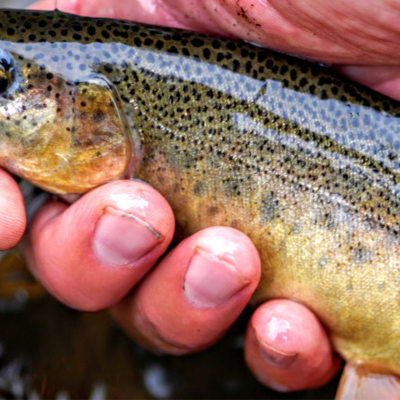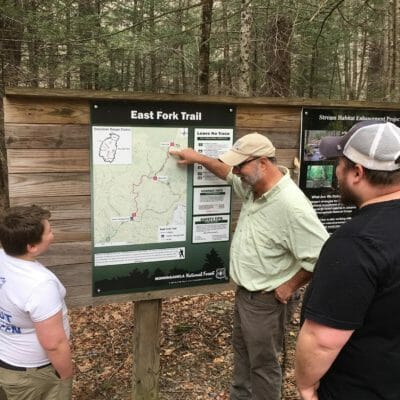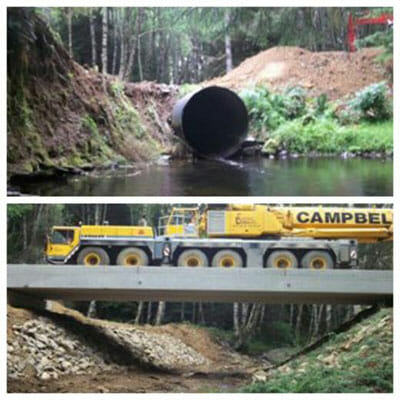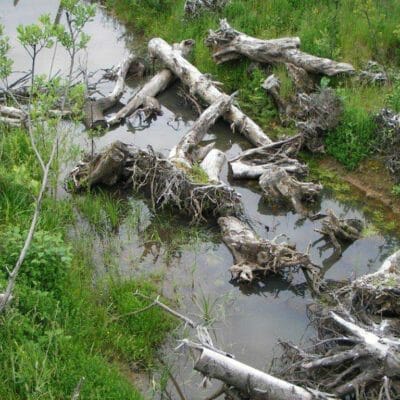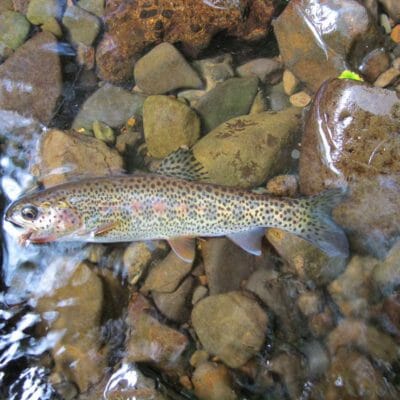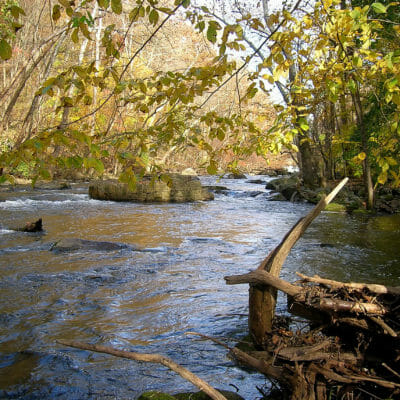Jim looked at me in disbelief. “What?” I repeated my question, “Why is it important that we recover southwestern native trout?” “Let me tell you a story,” he said. Jim Brooks was the longtime lead of the Gila Trout recovery team. Gila trout are native to the tributaries of the Gila River in New Mexico…
Gary recalls talking to a road engineer more familiar with channelizing and straightening rivers in response to floods. As he looked over the work “his face fell from pink to grey, and he said, ‘We have been doing this wrong for 100 years.’”
Renowned for their size, the Lewis and Clark River is still home to a remnant population of winter steelhead. But two perched and undersized culverts on private timber land blocked upstream and downstream passage for adult and juvenile native winter steelhead and coastal cutthroat trout to and from intact spawning habitat. One culvert was on…
Using historical photographs, anecdotal evidence and local knowledge, TU worked with project designers Doug Ray of Carex Consulting and Joseph Shehan from Oregon Dept of Fish and Wildlife to re-excavate a 14 plus acre historic off-channel wetland on the Necanicum River. The channel had been filled and converted to ag land. Habitats such as this…
Working with partners such as the local agencies, timber operators, other NGOs, private contractors and the City of Cannon Beach, TU’s science team completed an assessment and set of recommendations focusing on habitat restoration and stewardship projects in the 1,000-acre Ecola Creek Forest Reserve. Using our Conservation Success Index, we produced the Ecola Creek Native Salmonid…
By replacing an undersized perched culvert on U.S. Highway 101 between Seaside and Cannon Beach, Oregon, TU and it’s partners were able to restore passage to the upper reaches of Circle Creek. The creek is a main spawning tributary of the Necanicum River for wild coho as well as steelhead, cutthroat and lamprey. By using…
The Upper Delaware Watershed is home to many of New Jersey’s best trout fishing waters, including the Musconetcong River. Here TU has removed barriers to aquatic organism passage and strategically restored over 6 miles of habitat in degraded areas to increase available habitat, food, and water quality for trout, especially native brook trout. The success…
